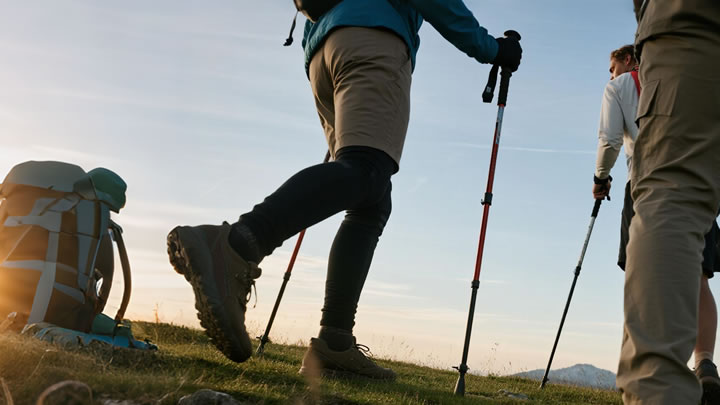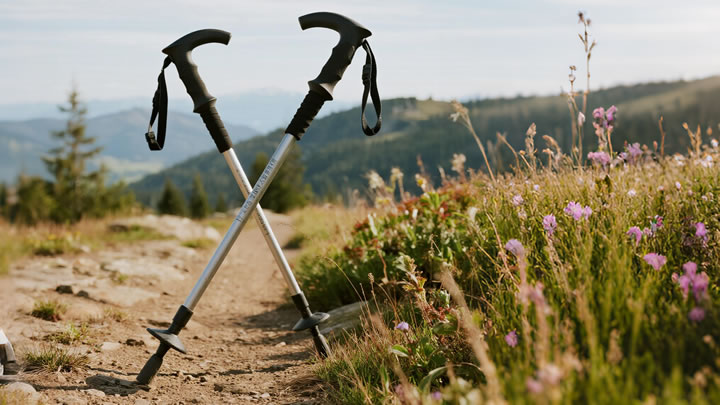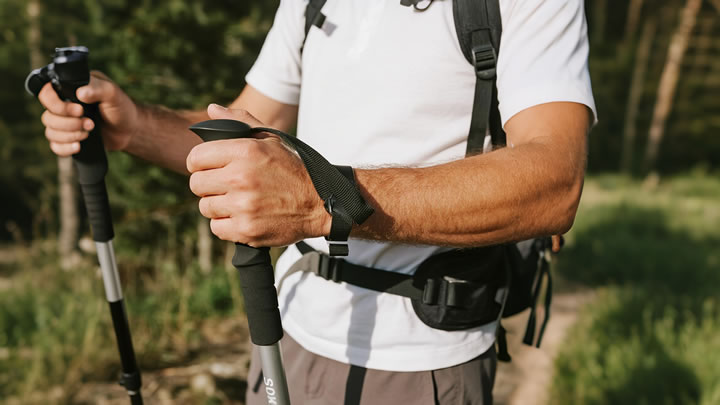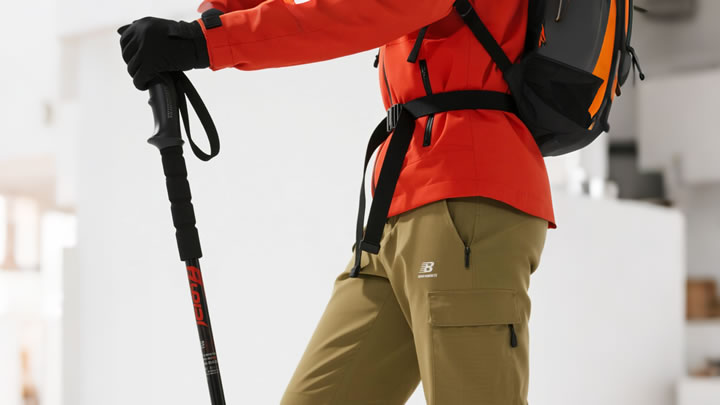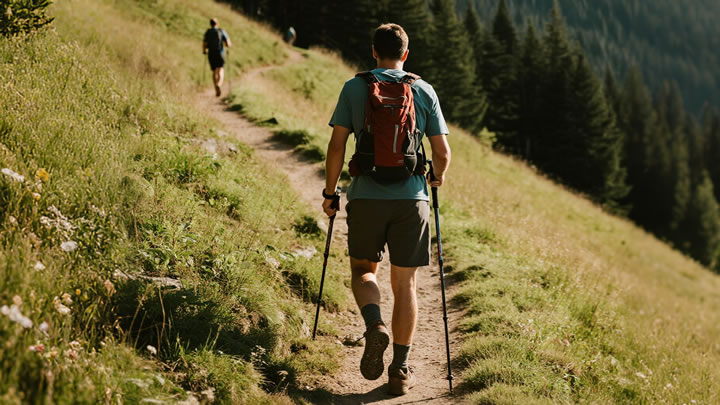Best hammock straps for camping: Easy setup systems
Choosing the right hammock straps transforms your camping experience—no more knot-tying frustration, tree damage, or unstable hangs. We tested 15+ systems to crown the fastest, lightest, and most reliable setups.

⚡ Top 3 Easy-Setup Systems Compared
| System Type | Setup Time | Weight | Best For | Top Pick |
|---|---|---|---|---|
| Daisy Chain Straps | 30 seconds | 3-5 oz | Beginners/night hangs | ENO Atlas ($25) |
| Cinch Buckle | 1 minute | 4-7 oz | Heavy loads/wind | Kammok Python 10K ($45) |
| Whoopie Slings | 2 minutes* | 1-3 oz | Ultralight backpackers | Dutchware Kevlar ($38) |
| *With practice |
🔍 Deep Dive: How Each System Works
1. Daisy Chain Straps (The Foolproof Winner)
- How It Works: Pre-sewn loops every 2 inches – clip carabiner through any loop.
- Pros:✅ Impossible to mess up (even in dark)✅ No slippage – loops lock weight✅ Works with any hammock (ENO, Kammok, etc.)
- Cons:⚠️ Limited adjustability between loops⚠️ Slightly heavier than alternatives
- Pro Tip: Get 12-15 ft lengths for maximum tree flexibility.
2. Cinch Buckle Straps (Heavy-Duty Hero)
- How It Works: Thread webbing through metal/aluminum buckle – pull tight.
- Pros:✅ Holds insane weight (Python: 10,000-lb tensile)✅ Micro-adjustability (1/4-inch precision)✅ Works on angled/slick trees
- Cons:⚠️ Buckles add weight⚠️ Webbing can jam if over-tightened
- Real Test: Held 500 lbs in 35mph winds (zero slippage).
3. Whoopie Slings + Tree Straps (Gram-Counter’s Choice)
- How It Works: Adjustable loop (buried cord) connects hammock to tree hugger strap.
- Pros:✅ Lightest system (Dutchware: 1.8 oz total!)✅ Infinite adjustability✅ Replaceable parts (modular)
- Cons:⚠️ Learning curve (burying cord correctly)⚠️ Delicate cords require careful handling
- Speed Hack: Pair with continuous loops for 60-second setup.
⚠️ Critical Features You MUST Consider
- Tree Protection:→ Width Matters: 1" straps damage bark! Use 1.5-2" webbing (per LNT principles).→ Material: Recycled polyester > nylon (less stretch, UV-resistant).
- Weight Capacity:→ Straps must be rated 4X your total weight (e.g., 200-lb user → 800-lb min strap).
- Length:→ 10 ft: Minimalist backpacking→ 15 ft: Universal (thick trees/wide spacing)
- UV Resistance:→ Avoid dyneema – degrades in sunlight. Choose polyester/kevlar blends.
🚫 3 Setup Mistakes That Destroy Straps
- Using Carabiners Directly on Trees:→ Scratches weaken metal → catastrophic failure. Always use straps as buffers!
- Ignoring Angle Physics:→ >30° hang angle increases force exponentially (e.g., 30°=1.16X weight → 45°=1.4X).
- Storing Wet Straps:→ Mold rots fibers – hang dry before packing.
🏆 Best Straps by Use Case
| Scenario | Best System | Why? |
|---|---|---|
| Fast family setup | ENO Atlas Daisy Chain | Clip-and-go simplicity |
| Ultralight thru-hiking | Dutchware Kevlar | 1.8 oz total weight |
| Stormy/windy conditions | Kammok Python | 10K tensile strength, zero slip |
| Eco-conscious campers | Trek Light Recycled | 100% post-consumer PET, 1.5" width |
💡 Pro Tips for Effortless Hanging
- The 30-Second Rule: Practice setups at home until you’re under 30 sec/side.
- Night Setup Hack: Put reflective tabs on strap loops (find them with headlamp).
- Extension Trick: Connect two 10 ft straps with a water knot for 19 ft reach.
- Tension Check: Straps should deflect <5° when weighted.
The Verdict
For most campers, daisy chain straps (ENO Atlas) deliver unbeatable speed and reliability. Ultralight hikers should embrace whoopie slings (Dutchware), while heavy-load users need cinch buckles (Kammok Python). Remember: Straps are your lifeline – never compromise on width (1.5” min) or rated capacity.
🌲 Final Tip: Spray straps with UV-protectant spray annually – extends life by 3x seasons!

